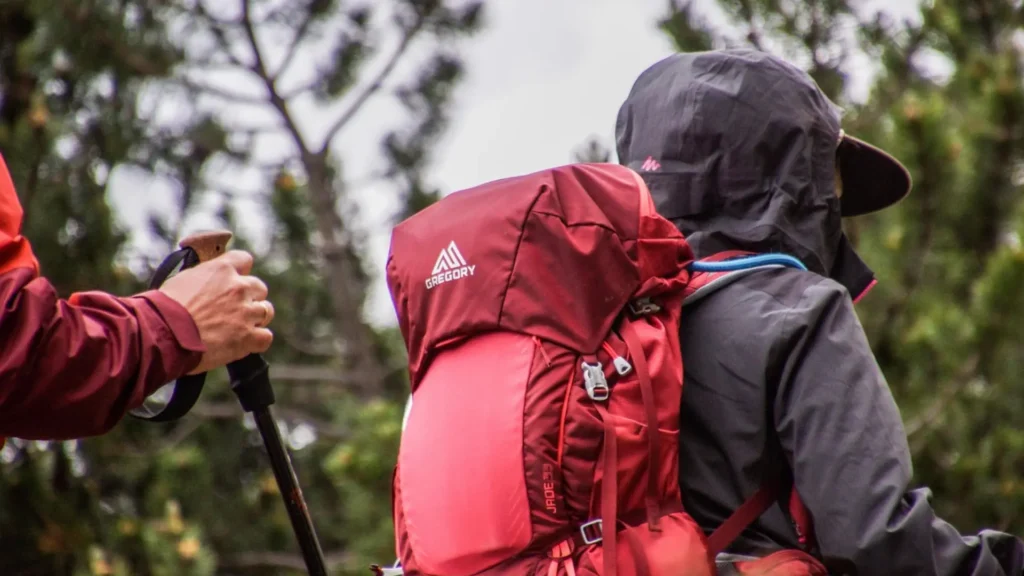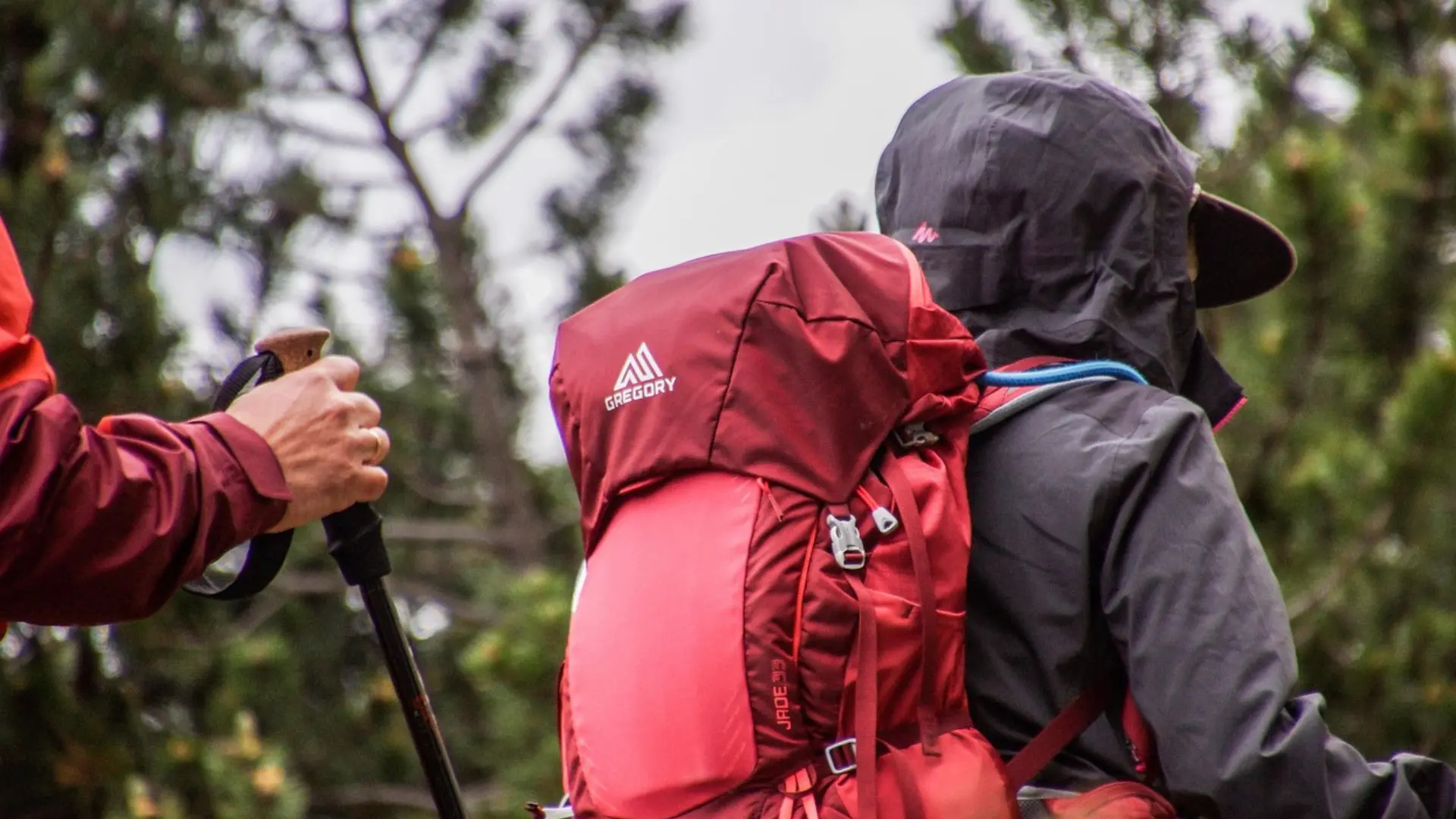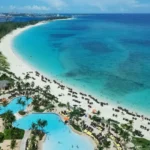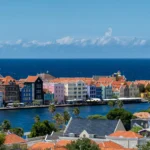There’s something magnetic about the untamed beauty of the wilderness — an ancient whisper that draws your spirit toward solitude, challenge, and discovery. If you’ve ever caught yourself daydreaming about trekking through alpine meadows or hearing only the rhythm of your footsteps and the wind brushing pine needles, you’ve already heard the call to travel PCT, one of the most iconic long-distance trails in the world.
Traveling the PCT isn’t just a hike. It’s a life-defining journey. You’ll face physical extremes, emotional highs and lows, and moments of silence that rewire your understanding of yourself. Whether you’re planning a full thru-hike or tackling it in sections, this guide will help you plan, prepare, and thrive on your own unforgettable path along one of America’s most epic trails.

Table of Contents
Preparing to Travel the PCT — What You Must Know Before You Go
Understanding the Pacific Crest Trail
The Pacific Crest Trail (PCT) stretches over 2,650 miles from the border of Mexico to Canada, passing through California, Oregon, and Washington. It weaves through six eco-regions — deserts, mountain ranges, volcanic fields, and dense forests. Unlike shorter trails, this isn’t a casual weekend adventure; it’s a test of endurance, spirit, and strategy.
- Total Length: ~2,650 miles
- States Covered: California, Oregon, Washington
- Average Completion Time: 4 to 6 months (thru-hike)
- Elevation Range: Sea level to over 13,000 ft (Forester Pass)
- Notable Influence: The memoir Wild by Cheryl Strayed
Best Time to Hike the Pacific Crest Trail
Choosing when to start affects everything — weather, terrain, snowpack, and crowds.
- NOBO (Northbound): Mexico to Canada; start late March to May.
- SOBO (Southbound): Canada to Mexico; start late June to July.
- Flip-Flopping: Starting in the middle and hiking both directions.
Be cautious with snow conditions in the Sierra and Northern Cascades. Use snow reports from the PCTA and the National Weather Service to assess trail safety.
Permits and Regulations
Long-distance hiking the PCT (500+ miles) requires a Long-Distance Permit issued by the Pacific Crest Trail Association (PCTA). Other necessary permits include:
- Canada Entry Permit: For NOBO hikers entering British Columbia.
- California Campfire Permit: Required even for stoves.
- Local Wilderness Permits: Yosemite, Inyo, etc.
Visit www.pcta.org to apply and verify updates.
Travel PCT Gear Guide — Pack Smart, Hike Strong
Essential Backpacking Gear
Choosing the right gear means balancing comfort, durability, and weight. Here’s what you’ll need:
- Backpack: 50–65L lightweight pack with hip support
- Shelter: Ultralight tent, tarp, or hammock (weather-dependent)
- Sleep System: Down quilt or sleeping bag rated 20°F, sleeping pad (inflatable or foam)
- Footwear: Trail runners (preferred by most thru-hikers), with breathable socks
Must-Have Hiking Tools
Your survival depends on what you carry and how you use it.
- Navigation: FarOut (Guthook) app + paper maps
- Trekking Poles: For balance and joint relief
- Headlamp: Rechargeable, lightweight
- Knife or Multi-tool: Small but reliable
- Battery Pack: At least 10,000mAh for off-grid charging
Personal Essentials and Safety Gear
- First aid (bandages, Leukotape, ibuprofen, tweezers)
- Sunscreen, lip balm, bug spray
- Water Treatment: Sawyer Squeeze or Katadyn BeFree
- Hygiene: Toothbrush, biodegradable wipes, menstrual products
- Bear canister (mandatory in the Sierra)
Eating on the Trail — Recipes, Resupply & Nutrition
Trail Nutrition Essentials
You’ll burn 3,000–6,000 calories a day. Prioritize calorie-dense, shelf-stable foods.
- Macros: High carbs, moderate protein, good fats
- Common Trail Foods: Instant noodles, tortillas, peanut butter, tuna, dried fruit, jerky
- Hydration: Drink 4+ liters daily; electrolyte powders help with salt balance
Sample Trail Recipes & Ingredients Table
| Meal Type | Recipe Example | Ingredients Needed | Prep Time |
|---|---|---|---|
| Breakfast | Instant Oats Mix | Oats, powdered milk, chia, raisins, honey | 3 mins |
| Lunch | Tortilla Wrap | Tortilla, peanut butter, jerky | 2 mins |
| Dinner | Ramen Bomb | Ramen, instant potatoes, olive oil | 5 mins |
| Snack | Trail Mix | Nuts, chocolate chips, dried fruit | — |
Resupply Strategy
You’ll either mail food drops or shop in trail towns. Most hikers do a combination.
- Mail Drops: Pre-packaged boxes sent to post offices or hostels
- Buy-As-You-Go: More flexibility, but expensive in remote towns
- Popular Resupply Points: Kennedy Meadows, Ashland, Cascade Locks, Stehekin
On the Trail — Daily Life, Challenges & Success Tips
Physical Preparation
You don’t need to be an athlete — but you do need a base level of fitness.
- Train with your full pack
- Hike steep inclines
- Stretch, focus on ankle/knee strength
- Learn basic first aid
Mental and Emotional Strength
This is where the real challenge lies.
- Practice mindfulness to stay centered
- Accept hard days: fatigue, bugs, loneliness
- Connect with other hikers (aka your “tramily”)
- Carry a journal or book for mental decompression
Navigation & Trail Etiquette
- Digital Tools: Guthook, Gaia GPS, offline maps
- Water Reports: Use up-to-date hiker reports
- Leave No Trace: Pack out all waste
- Yield to uphill hikers, be respectful in towns, stay on the trail
Scenic Highlights & Must-See Segments Along the PCT
California
- Desert Section: Joshua trees, long water carries
- Sierra Nevada: Forester Pass, Mt. Whitney side trip
- Yosemite & Kings Canyon: Jaw-dropping granite cathedrals
Oregon
- Crater Lake rim trail
- Three Sisters Wilderness
- Mount Hood and Timberline Lodge
Washington
- Goat Rocks Knife Edge
- Alpine Lakes Wilderness
- Glacier Peak & North Cascades
Side Adventures
- Hot Springs: Deep Creek
- Swimming Holes: Lake Aloha, Mirror Lake
- Legendary Trail Towns: Idyllwild, Ashland, Etna, Stehekin
Expert Tips to Thrive — Not Just Survive — Your PCT Journey
Budgeting for the Trail
Estimated Cost: $4,000–$8,000
Breakdown:
- Gear: $1,000–$2,000
- Food: $2,000–$3,000
- Town Stays/Showers: $500–$1,000
- Emergencies & Travel: $500–$1,000
Tip: Use cashback apps, budget resupplies, and avoid luxury town temptations.
Staying Connected and Documenting Your Journey
- Blogging or Instagram: Great way to log the trip
- InReach or Zoleo: Emergency satellite communicators
- Charging Tips: Carry solar panel or power bank; charge in towns
Life After the Trail
- Re-entry is tough — take it slow
- Post-trail depression is real. Talk about it, stay active, find new goals
- Use your story — blog, write, give talks, inspire others
Conclusion:
The Pacific Crest Trail is more than a path — it’s a mirror, a teacher, and a rite of passage. By choosing to travel the PCT, you’re not just walking through wild spaces — you’re walking back to yourself. Each step will teach you something: about strength, resilience, vulnerability, and the quiet magic of nature.
FAQ : about Travel PCT
How long does it take to hike the Pacific Crest Trail?
Most hikers finish in 4 to 6 months, depending on pace, weather, and start date.
Do I need a permit to hike the PCT?
Yes, if you’re hiking over 500 miles. You’ll also need regional permits and possibly a Canada Entry Permit.
How much does it cost to travel the PCT?
Plan for $1,000–$1,500 per month. The full trip usually ranges between $4,000 and $8,000.
What is the best direction to hike the PCT?
Northbound is the most popular, but Southbound avoids some crowds and has a later start window.
Can beginners hike the Pacific Crest Trail?
Absolutely — preparation is key. Many successful thru-hikers were first-timers. Start slow, listen to your body, and stay adaptable.








Leave a Reply